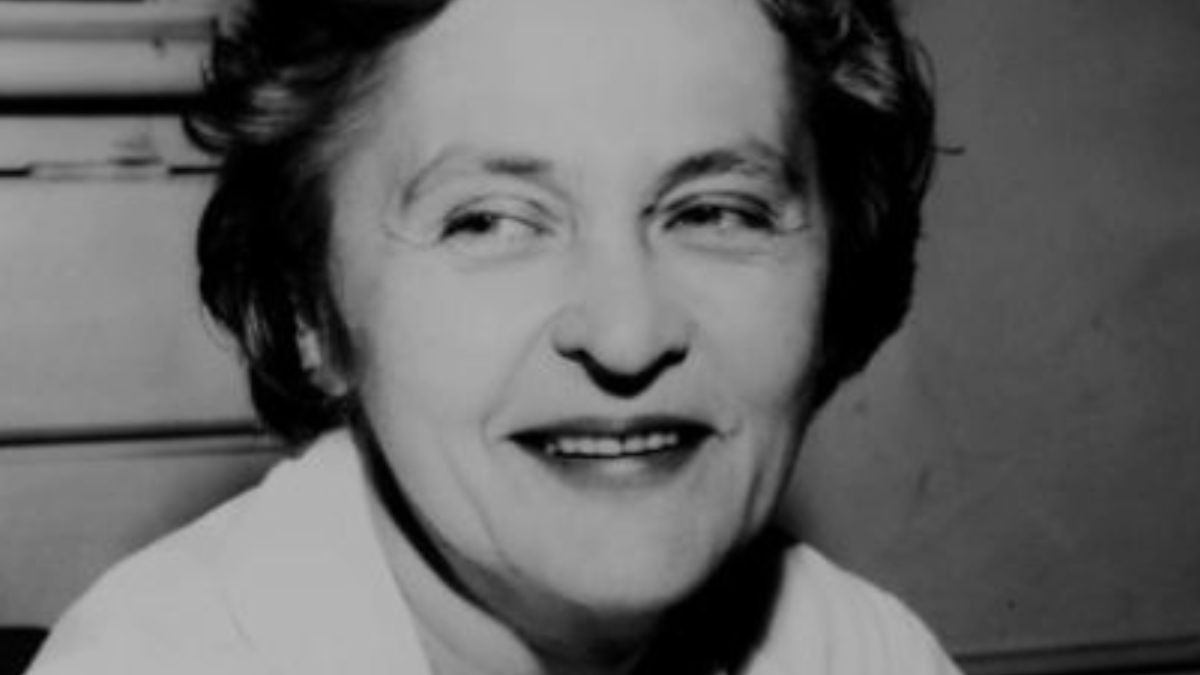Today’s Google Doodle celebrates one of the first pioneers of solar energy Dr. Mária Telkes. The Austrian- Hungarian American physical chemist and biophysicist believed that the sun's power could change human lives and proved it!
She was the first to receive The Society of Women Engineers Achievement Award in 1952 and was born on this day. Find the details on the iconic solar power innovator here!
ALSO READ: Today In History, 12 December: What Happened On This Day
Mária Telkes: Timeline
| TIME | EVENT |
| 1900 | Maria Telkes was born on December 2nd. |
| 1920 | Studied physical chemistry at the University of Budapest and graduated with a degree in B.A. |
| 1924 | She received her Ph.D. |
| 1925 | Became an instructor at the institution and decided to immigrate to the United States. |
| 1937 | Became an American citizen and a research engineer at Westinghouse Electric. Also developed instruments that converted heat into electrical energy; |
| 1939 | Made her first forays into solar energy research as part of the Solar Energy Conversion Project at the Massachusetts Institute of Technology (MIT) and worked on thermoelectric devices powered by sunlight. |
| 1945 | Remained at MIT after the war and became an associate research professor in metallurgy. |
| 1948 | Designed and constructed the world’s first modern residence heated with solar energy which was built in Dover, Massachusetts. |
| 1952 | Became the first recipient of the Society of Women Engineers Achievement Award. |
| 1953 | Improved the existing heat exchanger technology to create solar stoves and solar heaters and received a $45,000 grant from the Ford Foundation to create a universal solar oven that could be adapted for use by people living at all latitudes. |
| 1977 | Received a lifetime achievement award from the National Academy of Sciences Building Research Advisory Board for her contributions to solar-heated building technology and the Charles Greeley Abbot Award from the American Solar Energy Society |
| 1980 | Assisted the U.S. Department of Energy in the development of the world’s first solar-electric residence built in Carlisle, Massachusetts. |
| 1995 | Said her goodbyes |
Mária Telkes: Know her

- Born in Budapest, Hungary 1900, on December 12, Dr. Maria Telkes studied physical chemistry at the Eötvös Loránd University of Budapest.
- In the year 1920, the innovator graduated with a B.A. and received her Ph.D. in 1924.
- After moving to the United States and accepting a position as a biophysicist, she became a U.S. citizen in 1937.
- She continued to be a member of the Solar Energy Committee and continued her career at the Massachusetts Institute of Technology (MIT).
- Dr. Maria Telkes was summoned by the U.S. government to help develop a solar distiller that converted seawater into freshwater during World War II.
- Her invention saved lives and was used by soldiers stationed in the Pacific theater.
- Though she was removed after a failed project Dr. Telkes did not give up and In 1948, after securing private funding from philanthropists, she created the Dover Sun House in partnership with architect Eleanor Raymond.
- This solar-heated home was a success and the women were featured in the media, popularizing the term ‘solar energy’.
The biophysicists' inspiring career captured struggles, success, and innovation. Dr. Maria is known as the Sun Queen as she created a solar oven design that’s still used today. Not only that but she also helped research solar energy at prestigious institutions such as NYU, Princeton University, and the University of Delaware.
The inventor earned more than 20 patents and worked as a consultant for many energy companies and that is why Google Doodle is celebrating the iconic inventor who changed the course of energy utilization.
The Google Doodle
The google doodle depicts Mária Telkes in shades of sun bright yellows and the symmetry in the background shows her inventions captured in sun rays.
Starting from the water distiller to the solar ovens baking bread, all her innovations are embossed in darker hues which turn into cold blues when you hover your cursor on the doodle.
It shows how the solar energy stored in the morning in the presence of the sun still works during the night due to Dr. Telkes' inventions.
ALSO READ: Universal Health Coverage Day 2022: Date, Theme, History, Objectives, Significance & More
Comments
All Comments (0)
Join the conversation